On the occasion of the International Women’s Day, Estonian World has compiled a list of most outstanding Estonian women on the global stage, for the second year in a row.
It is important to emphasise that this is not the ultimate list of the most important Estonian women in the world. There are many others who work hard every day to make life better for everyone. Merely, we have brought out the names of Estonian women who have a larger than usual clout and impact outside the Estonian borders and help get the name “Estonia” to the lips of more people around the world. We believe this list can only be ever-expanding and when we come around to it next year, it will have many new names.
12. Karmen Pedaru, supermodel
Pedaru hails from a small Estonian town of Kehra and was raised by her grandmother after her mother died when Pedaru was only five years old. Before being discovered as a model in 2005, at the age of 15 in Tallinn, she was a goalkeeper on Estonia’s national U-19 football team for a year.
Her 11-year career is the result of impeccable management. She started out on the catwalk during spring 2007 at the Christopher Kane and Marni shows that were followed by a slow but a steady run of editorials in 2008 for V and the Italian Vogue. In the subsequent years, she scored advertising contracts with Gucci and Michael Kors for 2011, where she replaced the first Estonian supermodel Carmen Kass as the new face of Kors, all while maintaining a strong presence on catwalks and in magazines. Models.com has ranked Pedaru among the “industry icons”, joining the honourable list of models, such as Alek Wek, Amber Valetta, Eva Herzigova, Gemma Ward, Karolina Kurkova, Stella Tennant, Agyness Deyn and Estonia’s own Carmen Kass.
Apart from the advertising with Michael Kors and catwalk shows, last year saw Pedaru on the covers of Harper’s Bazaar, the style magazines of the Wall Street Journal and the Sunday Times, among others.
11. Ingrid Lukas, singer-songwriter
Lukas was born and brought up in Estonia, but at the age of 10 she moved to Zürich, Switzerland, with her mother. Although she still resides in Switzerland and has very successfully integrated into society – she even featured as part of the Swiss government’s official entertainment series for athletes and the public at the 2012 Summer Olympics in London – Lukas has herself said Estonia was still her muse.
Her albums, mixing jazz and pop elements, feature haunting songs in both English and Estonian, and many songs take the Estonian choral tradition as their starting point. “When I went looking for my own style, I went to Estonia, to my roots, and the next step was Estonian traditional regilaul (Runic singing is a traditional way of singing folk songs — Editor). I feel this strong connection; it is home, and if I’m not home, I carry home with me; if I sing these songs, I feel connected. I am Estonian and I am proud!” Lukas told Estonian World few years ago.
Lukas released her third album, ‘Demimonde’, in 2015. The year also saw her awarded with a prestigious Swiss prize, “Werkjahr 2015”, in the Jazz/Rock/Pop music category. The award was handed over by Corine Mauch, the mayor of Zürich.
10. Marina Kaljurand, the Estonian foreign minister
In a recent poll, the former ambassador and diplomat emerged as one of the most popular potential candidate for president in the autumn election. In fact, every fifth Estonian would like to see her succeeding Toomas Hendrik Ilves – which puts her popularity at 20 per cent. More importantly, the second presidential favourite of the Estonian people scored only less than 13 per cent.
Kaljurand, the former Estonian ambassador to Israel, Russia and the United States, became foreign minister – and thus a politician – only in July last year. And even though the position of the foreign minister in the current cabinet belongs to the ruling Reform Party, Kaljurand is so popular that she didn’t even need to join the party – she’s the only independent minister in the current cabinet.
She became especially popular when she was the ambassador in the Russian Federation. Right after the removal of a Soviet war monument in Tallinn and the subsequent riots in the city in 2007, Russian nationalist activists started a blockade against the Estonian embassy in Moscow and even attacked ambassador Kaljurand. Fortunately, she survived the attack unharmed and carried on her duties, defending Estonia and its reputation abroad to the fullest extent of her position.
9. Ilon Wikland, illustrator
Wikland, an artist and illustrator, is mostly renowned for her illustrations for the world-famous Swedish children author Astrid Lindgren.
Unlike the rest of the honourable, creative and entrepreneurial women in our list, Wikland has lived most of her life abroad, albeit she was born in Estonia.
Born in Tartu in 1930, and raised in Haapsalu, on Estonia’s western coast, Wikland fled from the Soviet occupation of Estonia in 1944 and found a safe haven in Sweden. A talented illustrator, she applied for a job as illustrator at Rabén & Sjögren in 1953 and was introduced to Lindgren, who had just finished writing the book, “Mio, my Son”, and who could see immediately that Wikland was able to “draw fairy tales”. Wikland did a test-drawing for the book and this was the start of the long-term collaboration with Lindgren, which lasted for decades.
Wikland later said Lindgren’s writing made her see inner pictures. In the same way that Lindgren wrote for “the child within her”, Wikland often also drew for the child within her. Among other Lindgren’s books, Wikland illustrated “The Bullerby Children”; “The Brothers Lionheart”; “Karlsson-on-the-Roof”; and “Ronya, the Robber’s Daughter”.
Wikland is still in a great spirit and very active. Last year, an exhibition about her life and artistic production opened in Berlin. More than 150 Wikland’s works – drawings, aquarelles and pastels – were exhibited.
She retains a close relationship with Estonia and there is a museum dedicated to her in Haapsalu. “I like to travel and I travel a lot, often to Estonia, the country of my childhood. The contact with Estonia is very important to me,” Wikland has said.
8. Anu Realo, scientist
Scientist Anu Realo is an academy research professor and a professor of personality and social psychology at the Tartu University Department of Psychology. She’s among one per cent most cited scientists in the world and also among the top 25 Estonian scientists. According to the University of Tartu, she’s interested in personality and cross-cultural psychology and has conducted research on cultural and individual variation in personality development, emotional experience, individualistic-collectivistic attitudes and subjective wellbeing.
Realo has published over 90 articles in internationally-renowned scientific journals and books. In 2010, she was awarded the National Science Award of Estonia in recognition of her studies on personality and stereotypes in a cross-cultural perspective. In 2016, just a few weeks ago, president Toomas Hendrik Ilves awarded her the Order of the White Star to recognise her scientific achievements.
In addition to her scientific research and work at the University of Tartu, she’s also an associate professor at the University of Warwick in the United Kingdom.
7. Reet Aus, upcycling entrepreneur, fashion designer
Fashion designer Reet Aus is pretty unique in the Estonian fashion industry for she has found a way to incorporate powerful mass production and make use of production waste and over-production, reducing environmental risks along the way.
Aus started working as a fashion designer in 1997 and since 2002, all of her collections have followed the principles of upcycling – a process that enables to circulate the leftover materials back to the production with the help of design and by doing so significantly reducing environmental impacts.
In 2011, after successfully defending her PhD thesis, “Trash to Trend – Upcycling in Fashion Design”, at the Estonian Academy of Art, she travelled to Bangladesh in order to participate in the creation of a documentary, together with Estonian filmmakers Jaak Kilmi and Lennart Laberenzi, about the environmental problems related to the textile industry. In observing the inner workings of the textile industry in Bangladesh, Aus became painfully aware of huge environmental problems related to the mass production of textiles, which are not always the result of carelessness or greedy grasping at profits. In talking to the management of Beximco, a large Bangaldeshi corporation, common ground was quickly found and since then, she has been cooperating with the company to implement upcycling in early stages of the mass production process.
Last year saw Aus being listed as one of the “Top 20 Women in Business” by the Nordic Business Report, while the Estonian president, Toomas Hendrik Ilves, awarded her the Order of the White Star in 2016.
6. Roberta Einer, fashion designer
The London-based Estonian fashion designer is a rising star. The British Fashion Council NEWGEN committee labelled Einer the “One-To-Watch” for AW16 (autumn/winter 2016) and she is one of eight designers with NEWGEN support in the season.
Einer spent a year working in Paris with Olivier Rousteing at Balmain as an intern and a print and embroidery assistant, and also interned at Mary Katrantzou and Alexander McQueen before graduating from London’s Westminster University in 2015 and launching her own label a few months later in September.
Einer’s signature style is characterised by maximalist embellishments and illustrative, tonal embroideries. “She is the definition of a maximalist; rich embroidery is at the core of all she does,” said the Daily Telegraph, the influential British daily recently, while including her in the “12 of the most exciting up-and-coming names” on the schedule for autumn-winter season of 2016.
Einer has previously said that her work carries a strong Estonian influence. Last year she told the Daily Telegraph that while she learned her trade at the ateliers of some of the world’s best designers, she attributed her interest in embroidery to her grandmother.
“I started finding Facebook groups of Estonian grandmas who would show each other their handwork, all using really old techniques. I got in touch with some of them and they did samples for me,” Einer said, adding that she wants to show that embroidery is not just beadwork and sequins.
5. Birgit Püve, photographer
A former journalist and editor, Püve’s work focuses on memory and identity. While Estonia is usually promoted abroad with fairy-tale like pictures of Tallinn’s medieval old town and breathtakingly beautiful shots of nature, Püve concentrates mostly on portrait photography and the presentation of human nature.
In a series called “By The Lake”, she portrayed the silent and dignified world of the Russian Old Believers living on the shores of Lake Peipus, the biggest transboundary lake in Europe, which separates Estonia and Russia. In “Estonian Documents”, she explored Estonian faces with an aim to portray the nation as a whole, rather than just picking the most attractive model-like heavenly figures. Through the portraits of known and unknown Estonians she aimed to treasure the psychological state of the country in the 21st century.
The honesty in her work has paid off: in 2014 she received the third prize at The Taylor Wessing Photographic Prize 2014 at London’s National Portrait Gallery and in 2015, The Guardian included her among the “10 of the best photographers documenting post-Soviet life”. “Tallinn-based photographer Birgit Püve often deals with complicated questions of Estonian national identity: in the series ‘Estonian Documents’, she compiles portraits of the citizens of ‘a little European nation’, seeking to determine its place in the world,” the British daily said. Her works have among many others been published by The Washington Post, Der Spiegel, Monocle and Getty Images.
Apart from Estonia, Püve’s work has been shown in exhibitions in the US, the UK, France, Germany, Canada, Russia, Poland, Austria and Latvia. She travels a lot, but still lives in Estonia. “I need to travel a lot, otherwise I would be restless and perhaps wouldn’t value life in Estonia that much. The biggest advantage lies in its littleness,” Püve said to Estonian World last week.
4. Anett Kontaveit, tennis player
In 2015, Anett Kontaveit passed Kaia Kanepi as Estonia’s highest ranked female tennis player, after her stellar performance at the US Open. In fact, Kontaveit made the highest leap in the rankings of anyone in the top 150, jumping 56 places to 96.
Kontaveit started training at six years old under the supervision of her mother, and three years later won her first title. While still at school, she divided her time between tennis, choir practice and folk dance, even participating in the 17th Dance Celebration of Estonia. “A real Estonian has to participate in the dance or song celebration festival at least once a life,” she says now.
But her real attention was focused on tennis. In 2009 Kontaveit won the Estonian women’s championship – at 13, she was the youngest ever to win the adult championship in singles. Her international breakthrough came in 2011, when she started to play in the ITF women’s tournaments. Kontaveit was soon able to get to the semi finals at the French Open and Wimbledon and to the finals in the US Open.
Sports commentators describe Kontaveit as an aggressive player. After reaching semi finals of the Monterrey Open, where she beat among others world number 17 Sara Errani and Dominica Cibulkova, a former French Open finalist, Kontaveit rose to 73rd, her highest ever WTA ranking.
3. Maarja Kruusmaa, professor, Head of TUT Centre for Biorobotics, R&D director, Fits.me
The common stereotype is that robotics is something of a men’s field. So it probably comes as a surprise to many that one of the biggest experts of robotics in Estonia is a lady, whose research world is loaded with biorobotics, artificial muscles, robot learning, flow sensing and experimental fluid dynamics.
Kruusmaa, who received her PhD at Chalmers University of Technology in Sweden in computer engineering, focusing on mobile robot learning and adaptation, is exactly that person.
In 2002 she co-founded the Intelligent Materials and Systems Lab at the University of Tartu and in 2008 she founded the Centre for Biorobotics at the Tallinn University of Technology – an interdisciplinary research centre for conducting research and development on the borderline of science and technology. Among other projects, the centre has invented underwater robots – a highly manoeuvrable robot turtle, designed to penetrate shipwrecks, and a robot fish. “The so-called biomimetic robots – robots based on animals and plants – are an increasing trend in robotics where we try to overcome the technological bottlenecks by looking at alternative technical solutions provided by nature,” Kruusmaa has said.
Kruusmaa is also an R&D director of Fits.me, a former Estonian startup company that was sold to last year to Rakuten, a Japanese ecommerce and internet giant for an undisclosed sum. Fits.me created specially modified robots which can change their body shape, using them for virtual online fitting rooms.
In the past, Kruusmaa was also a member of the advisory panel, which advised the European Commission in ICT. She co-owns at least nine industrial patents and has numerous international citations on her name.
2. Kelly Sildaru, freestyle skier
The 14-year-old Kelly Sildaru is, despite her young age, one of the most successful young Estonian athletes, having, most recently, won a gold in the slopestyle event in the 2016 Winter X games. With the win, Sildaru, having been 13 at the time, became the youngest gold medallist to date at a Winter X games event, and the first person to win a Winter X games medal for Estonia.
Born in Tallinn, she started to ski when she was two years old. All that hard work has definitely paid off – in addition to the Winter X games win, she has won various ladies’ events, such as Mayrhofen Open, the Polish Freeskiing Open, Ladies First Challenge etc. Back in 2014, Euronews called her “the future star of freestyle skiing” – and she has definitely proven the sports broadcaster right.
The only reason she hasn’t yet taken part in the Olympics or any of the world cups is her age – those competitions only allow people older than 15 to participate.
1. Kristiina Poska, conductor
Like some other women in this list, the Berlin-based Poska is not a household name in Estonia – part of the country tend to live in a bubble of its own, dominated by tabloid-media – but in fact, Poska was the busiest female conductor in the world in 2015, based on performances in all genres, according to Backtrack.
Poska was born in a small town of Türi, the “spring capital” of Estonia, known for its flower festival. Her musical career began when she was eight years old, when she started to play the piano. After piano studies at the Türi Music School, she studied choral conducting at the Georg Ots Tallinn Music College and the Estonian Academy of Music and Theatre, before moving to Berlin, where she studied at the Berlin University of the Arts and at the Music Academy Hanns Eisler as well as attending classes with conductors Peter Gülke, Reinhard Goebel and Eri Klas.
A decade ago, Poska became a principal conductor of the Cappella Academica, the symphony orchestra of the Humboldt University Berlin which gave her the opportunity of regular performances at the Konzerthaus Berlin. The 2008/09 season saw her at the Neuköllner Oper Berlin with the highly acclaimed production Ihre Bohème which soon led to engagements at Koblenz Theatre, Brandenburg Theatre and in 2010/11 to the Komische Oper Berlin for La Traviata. Poska was enthusiastically received there by both orchestra and audience and immediately reinvited for a series of performances of Jacques Offenbach’s La Périchole. She was then appointed as First Kapellmeister of Komische Oper Berlin.
It has been said that “wherever young Kristiina Poska appears on the podium, she thrills and convinces with her exceptional musicality and her impressive, highly distinguished conducting”.
Apart from her remarkable career at Komische Oper Berlin, the young Estonian is internationally much in demand as a conductor, hence her title as the busiest female conductor in the world last year.
I
Cover: Ingrid Lukas. Click on the photos for authors. Photos courtesy of Kaupo Kikkas, Ingrid Lukas, Roberta Einer, Karmen Pedaru, Eesti Päevaleht, ERR, Reet Aus, Birgit Püve, IFT Tennis, TUT, Kelly Sildaru, Kristiina Poska. See also: Top 12 most outstanding Estonian women in the world 2015

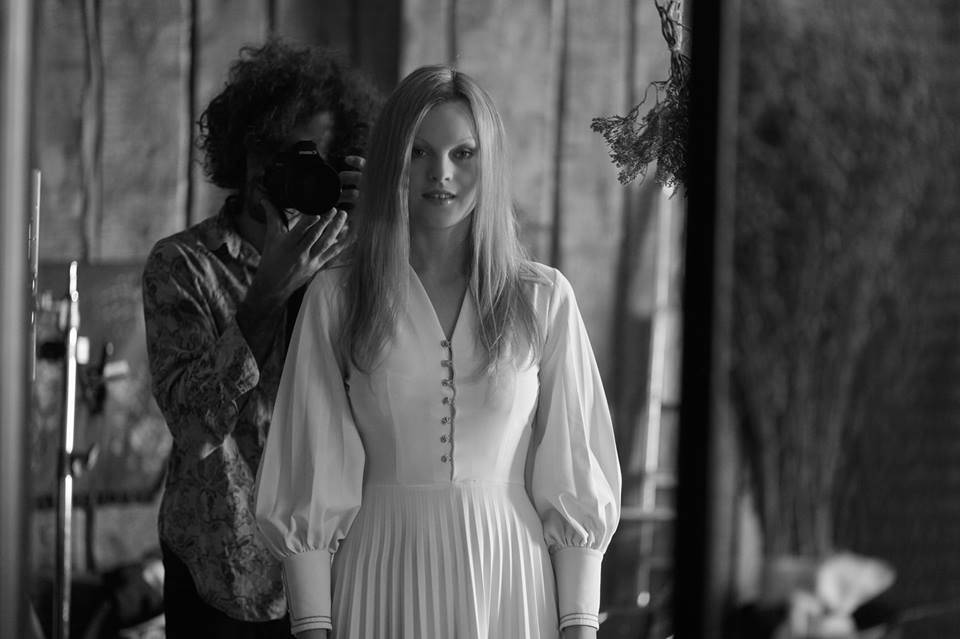
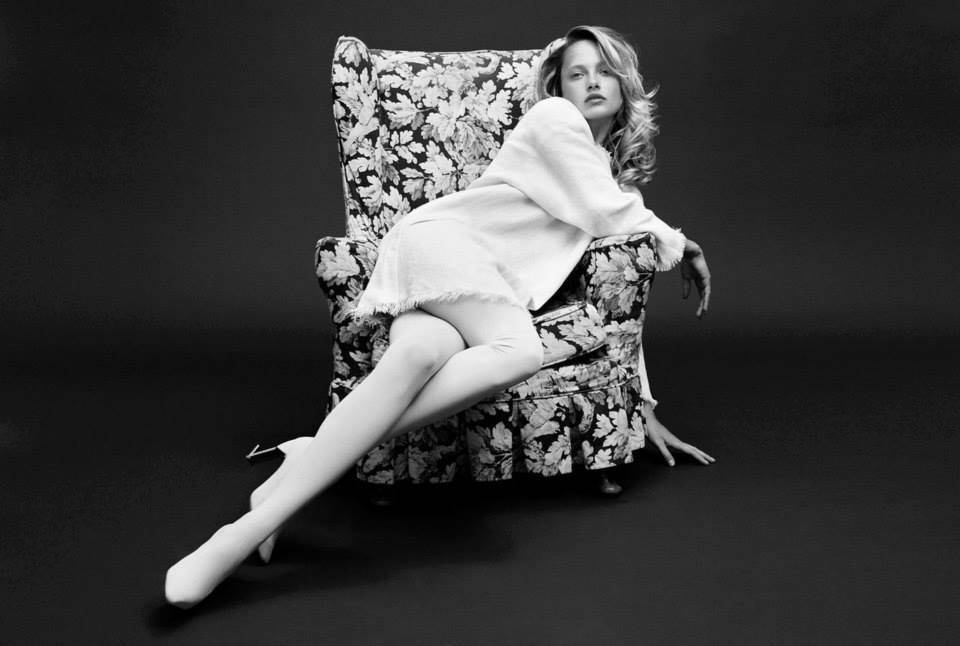

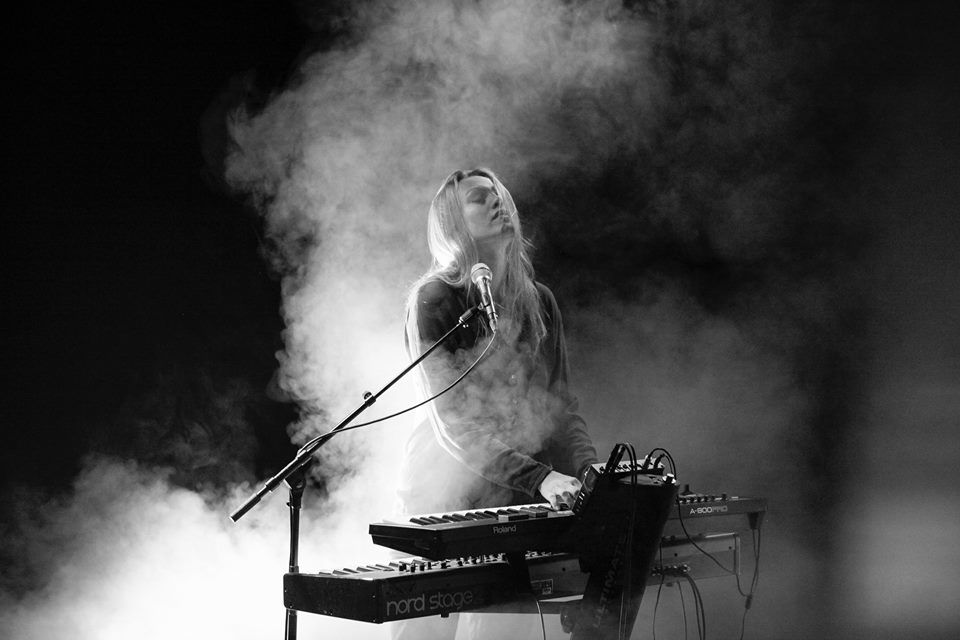
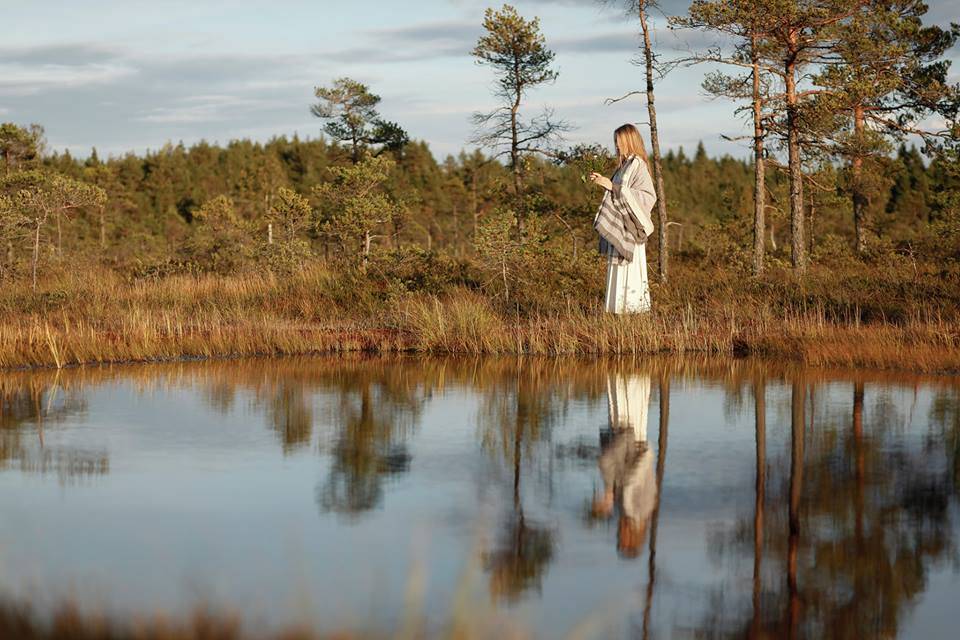
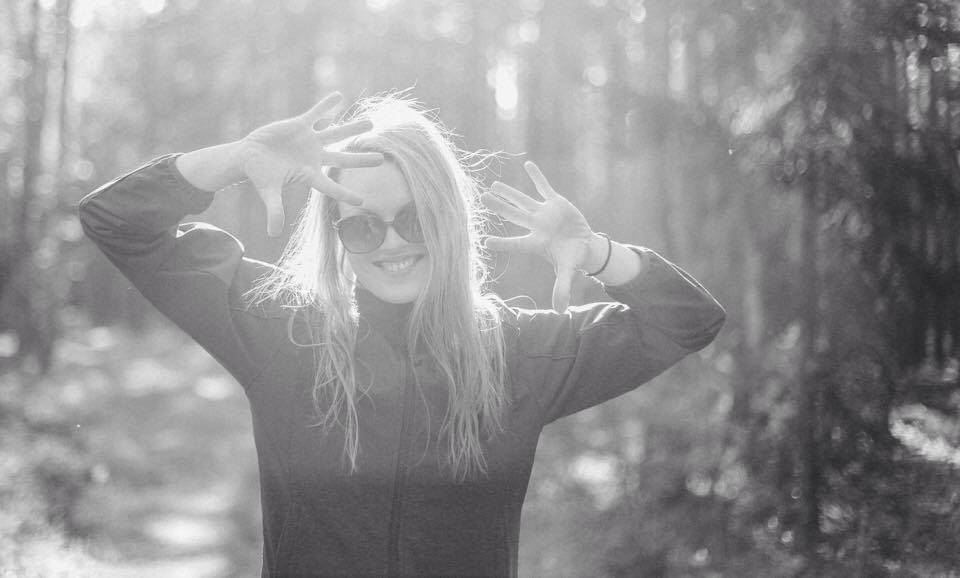

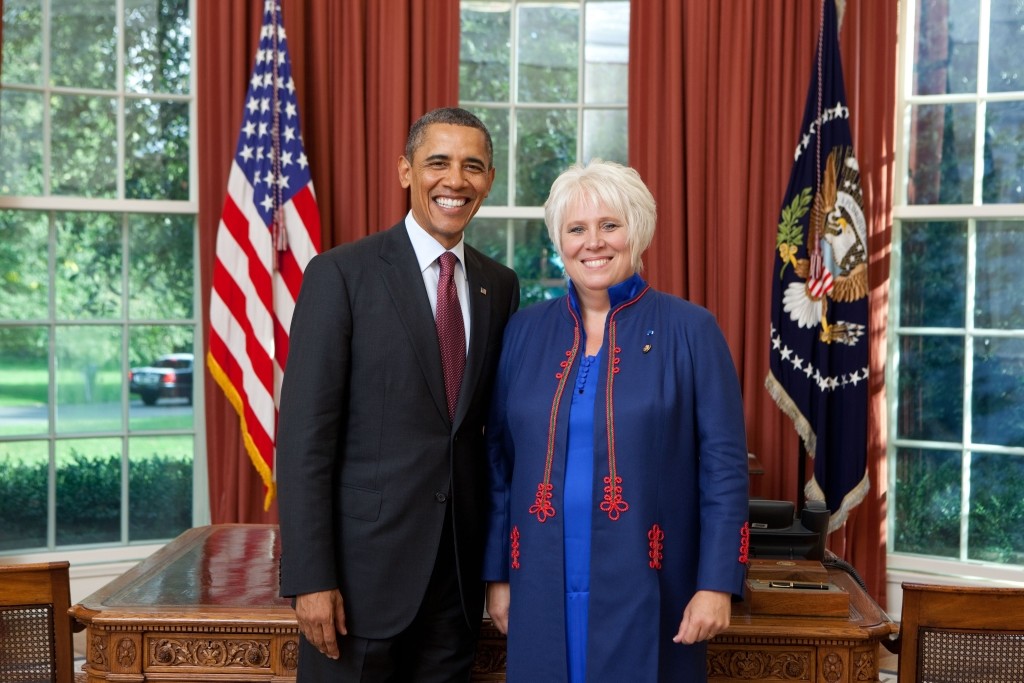
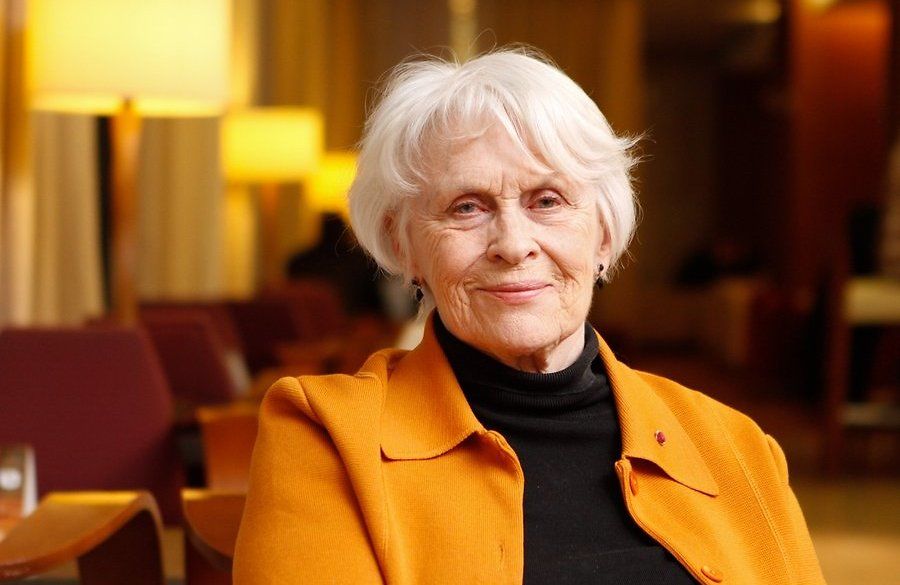
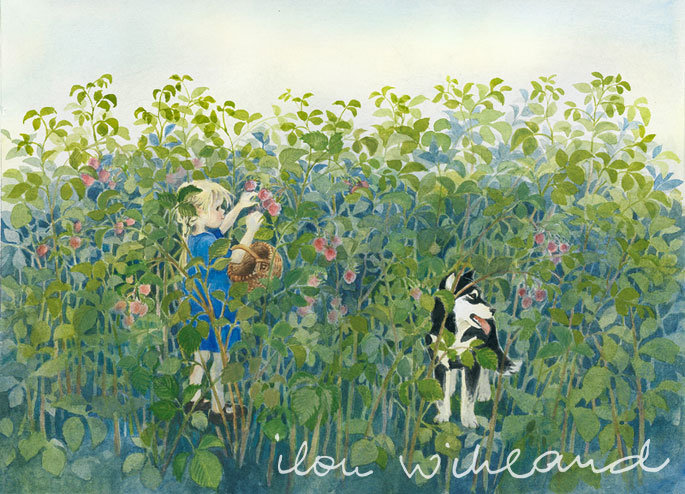
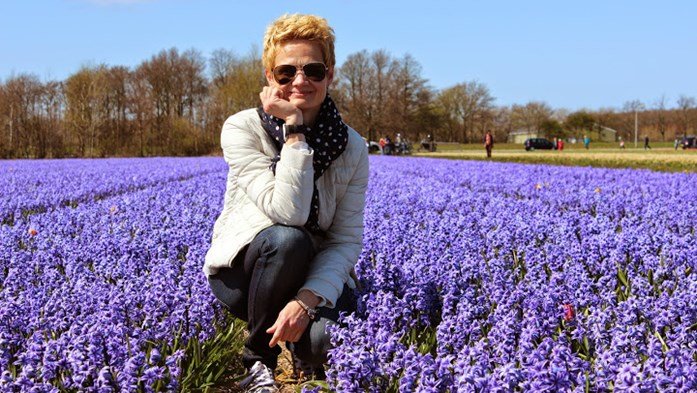
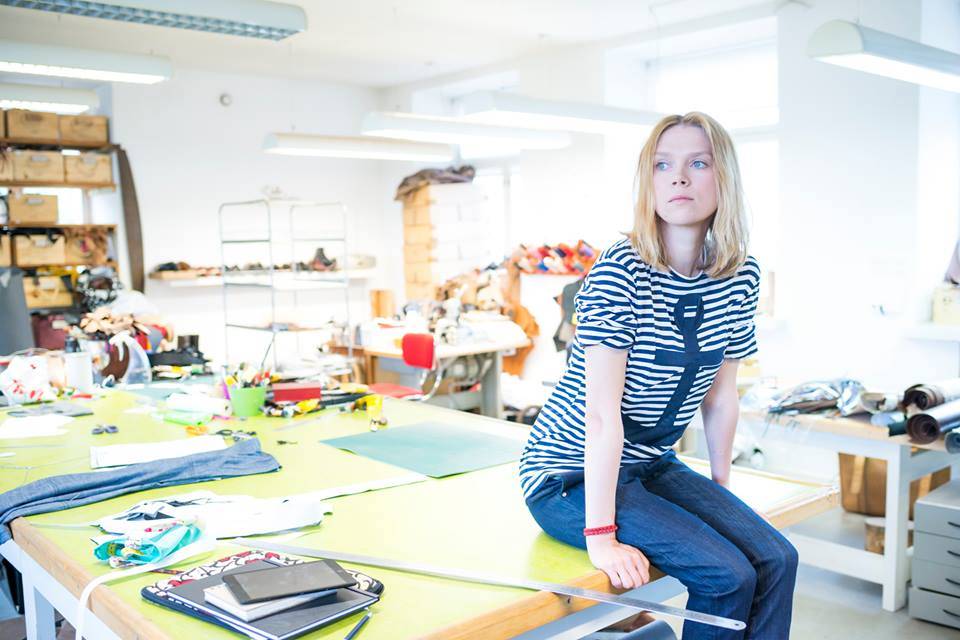
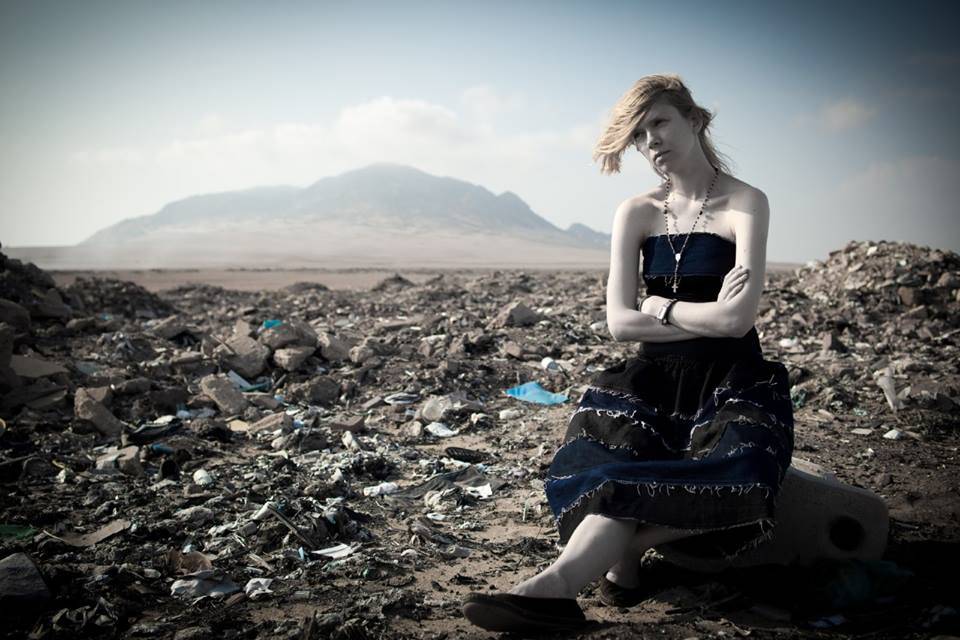
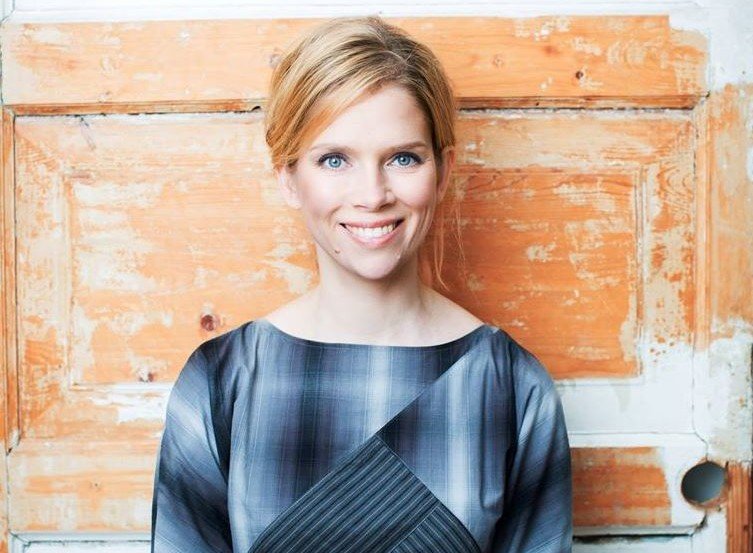
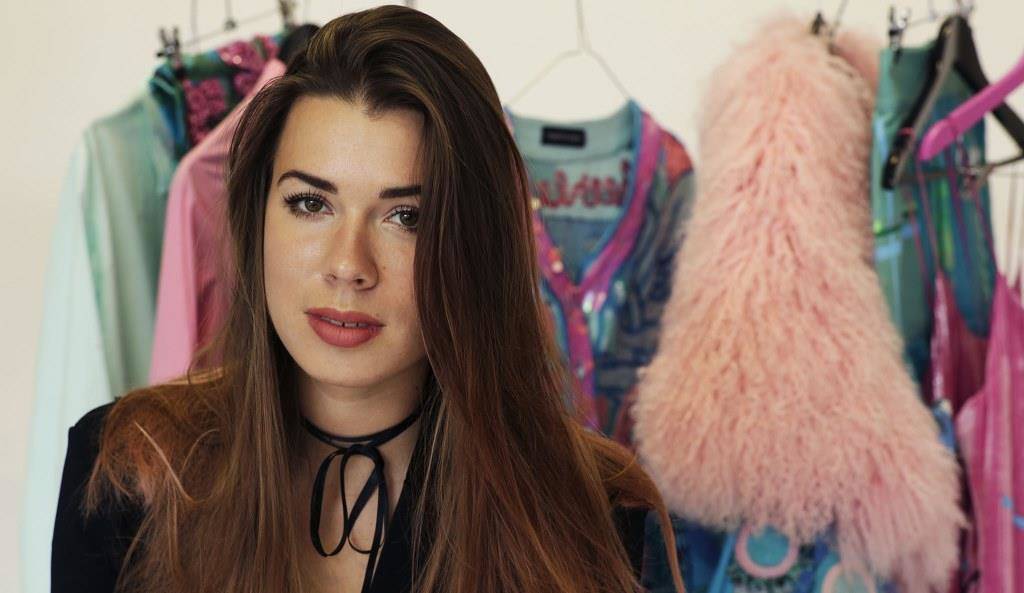
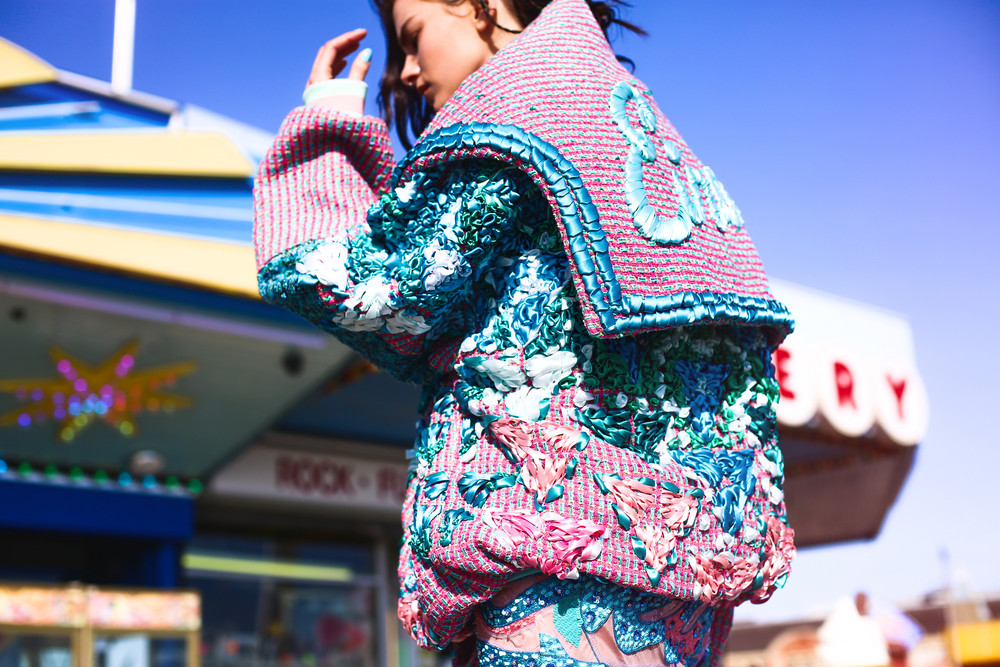

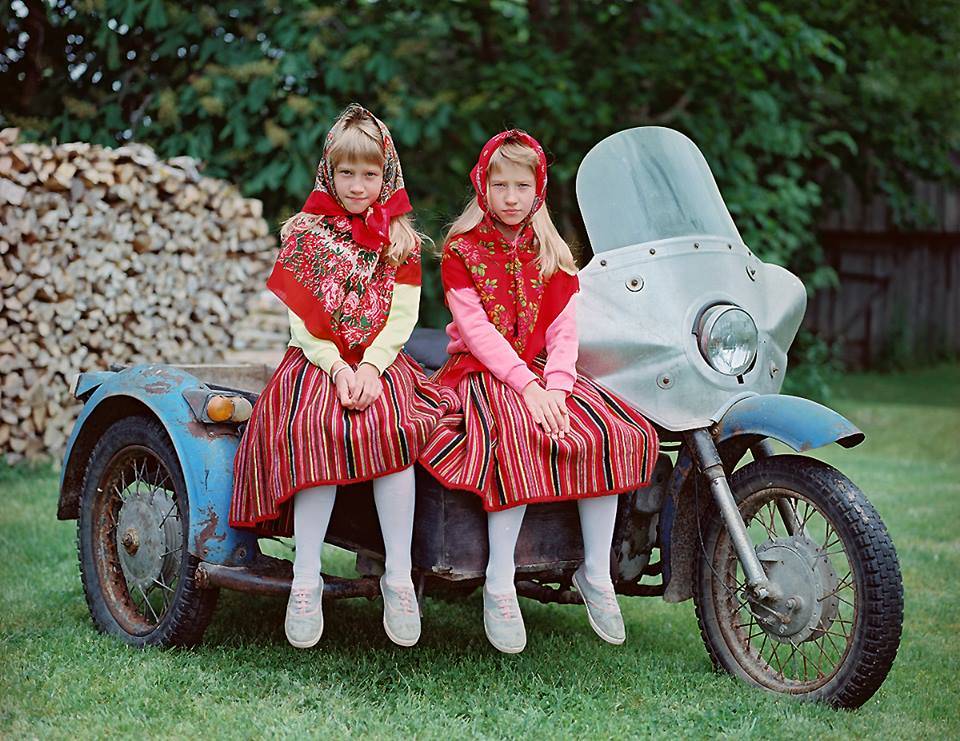
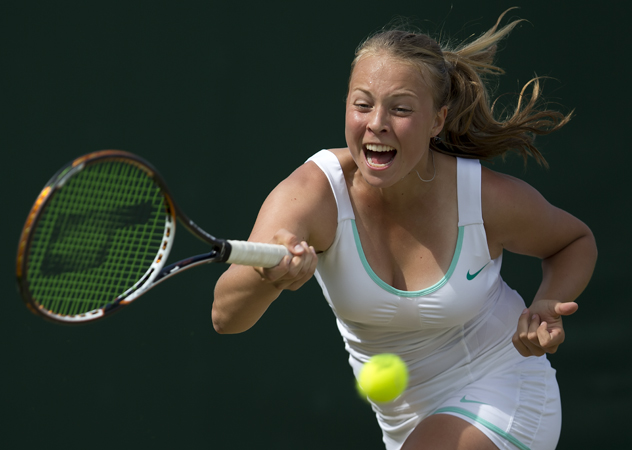



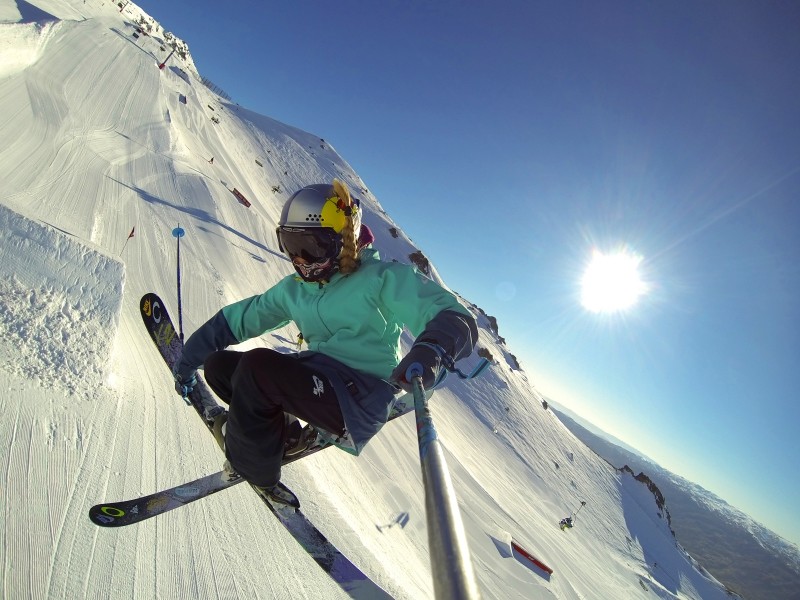
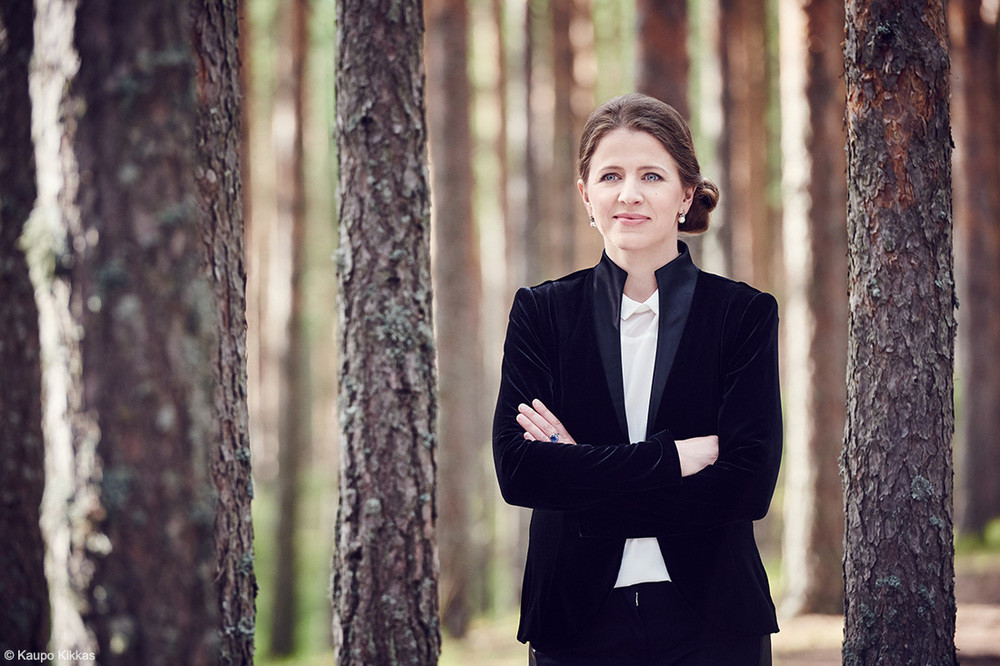
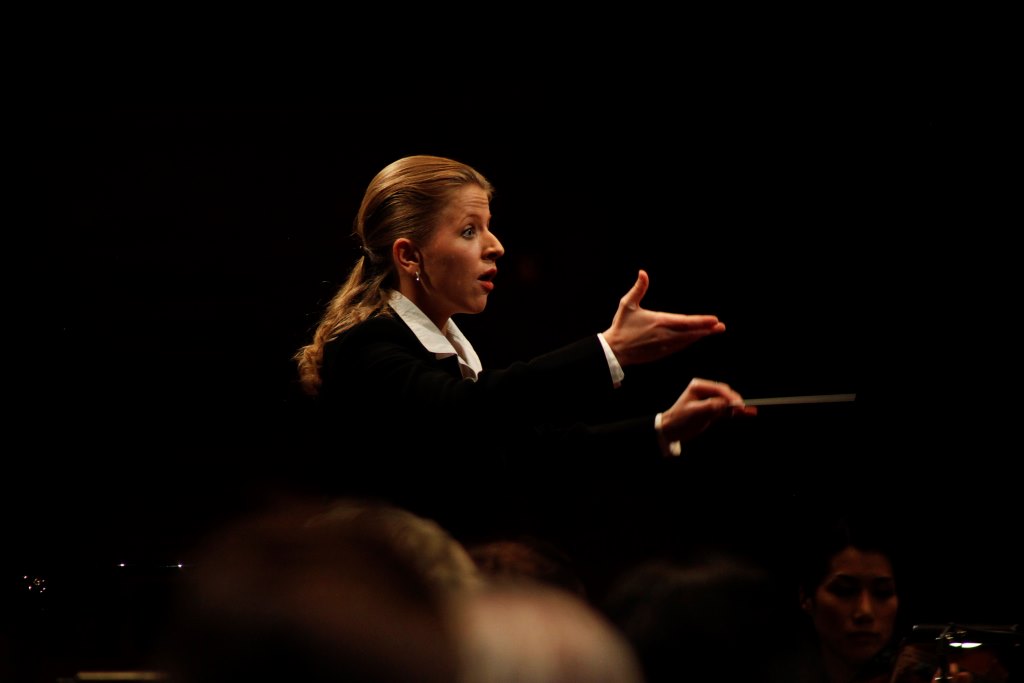

I wonder if I might have seen some of Ilon Wikland’s work. I used to go to the Midsommarfest in Andersonville in Chicago. There’s a Swedish bookstore there on the main street that runs through the Andersonville neighborhood. I’m trying to remember; Is it Clark Street? It’s been so long. There were some books there that had illustrations by an artist other than the author. Perhaps Ilon might just have been this illustrator. How very interesting. How wonderful it would be if it was indeed her. Tervitusi kõigile minu poolt. Jerry
I found the bookstore! And it is on Clark Street!
http://store.swedishamericanmuseum.org/
This is an Ilon Wikland classic 🙂 http://store.swedishamericanmuseum.org/the-children-of-the-noisyvillage.html
Awesome, Anu! Suuri Tänu! Hey that almost rhymed! I think I will order a copy from that store in my hometown and bring it to my Estonian daughter near Tartu this fall. She’ll be turning 3 so I can read it to her each visit and It will start to mean more and more to her when she gets a few years older and starts learning English.
Suur aitäh jälle Anu! Teid tervitan Jerry
Can you post an article about the best Estonian musical groups. i’m always on the look out for new music from Estonia. Tartu Popi Roki, Vaiko Eplik, and Ans. Andur are examples of some of great music coming out of Esti. I’m sure there are more. Thanks.
I can recommend you a super cool and unique Estonian band, called Trad.Attack! Go and look up!
Great women, great list! Nice to see someone highlighting the international Estonian talent!